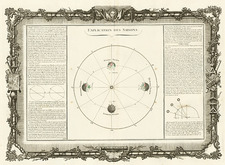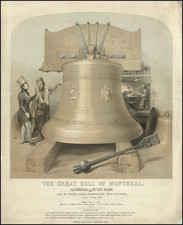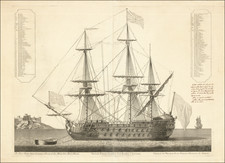This 1912 movie poster, advertising "Custer's Last Fight," heralds a significant moment in cinematic and American history. Printed in Mason City, Iowa, by Central Show Print, this large yellow poster with black block letters captures the essence of early film marketing and the fascination with Western themes.
"Custer's Last Fight," a Thomas Ince Special Production, represents a pivotal point in the nascent film industry, especially in the genre of the American Western. Released in 1912, this silent short film is notably the first to portray the iconic figure of George Armstrong Custer and his infamous last stand at the Battle of the Little Bighorn. This subject, deeply rooted in American history and consciousness, reflects the era's fascination with frontier mythology and the romanticization of the American West. The film's exploration of this crucial historical event mirrors the nation's ongoing dialogue with its past, particularly the complex legacy of westward expansion and Native American relations.
Francis Ford's direction and portrayal of Custer in the film underscore the early 20th-century cinematic practices and the developing narrative styles in silent films. Ford, the elder brother of the famed director John Ford, brought a unique perspective to the film, emphasizing dramatic storytelling that would later influence the Western genre. The choice of Santa Ynez Canyon in Pacific Palisades, California, as a primary filming location, known as "Inceville," signifies the early stages of Hollywood's establishment as the heart of the American film industry.
Moreover, the poster itself, produced by Central Show Print of Mason City, is a testament to the period's advertising methods. The stark contrast of black block letters on a yellow background was designed to capture attention and intrigue potential viewers. Such posters were crucial in the era before electronic media, serving as the primary means of promoting films. The poster's design, emphasizing the title and the sensational aspect of the film's subject, encapsulates the marketing strategies of early cinema, aiming to draw audiences into the dramatic reenactments of pivotal historical moments.












![(Panoramic photograph) Camp Travis, Tex. 9/8/1918 East Side [WWI Camp Travis, near San Antonio, Texas, African American Troops]](https://storage.googleapis.com/raremaps/img/small/87312.jpg)
![(Horse Diving) [Original photograph of Sonora Carver on her horse Red Lips in mid-air diving off a platform]](https://storage.googleapis.com/raremaps/img/small/96798.jpg)
